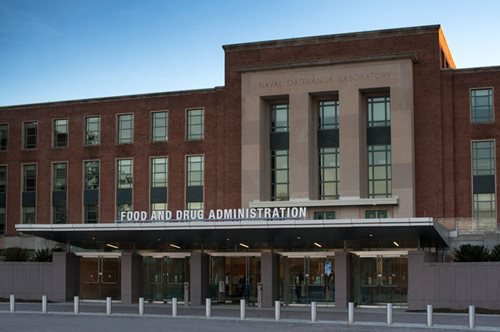FDA addresses microbial contamination in non-sterile drugs
 ComplianceNorth AmericaOTCPharmaceuticalsQuality Assurance and ControlRegulatory Intelligence/Policy
ComplianceNorth AmericaOTCPharmaceuticalsQuality Assurance and ControlRegulatory Intelligence/Policy ComplianceNorth AmericaOTCPharmaceuticalsQuality Assurance and ControlRegulatory Intelligence/Policy
ComplianceNorth AmericaOTCPharmaceuticalsQuality Assurance and ControlRegulatory Intelligence/Policy